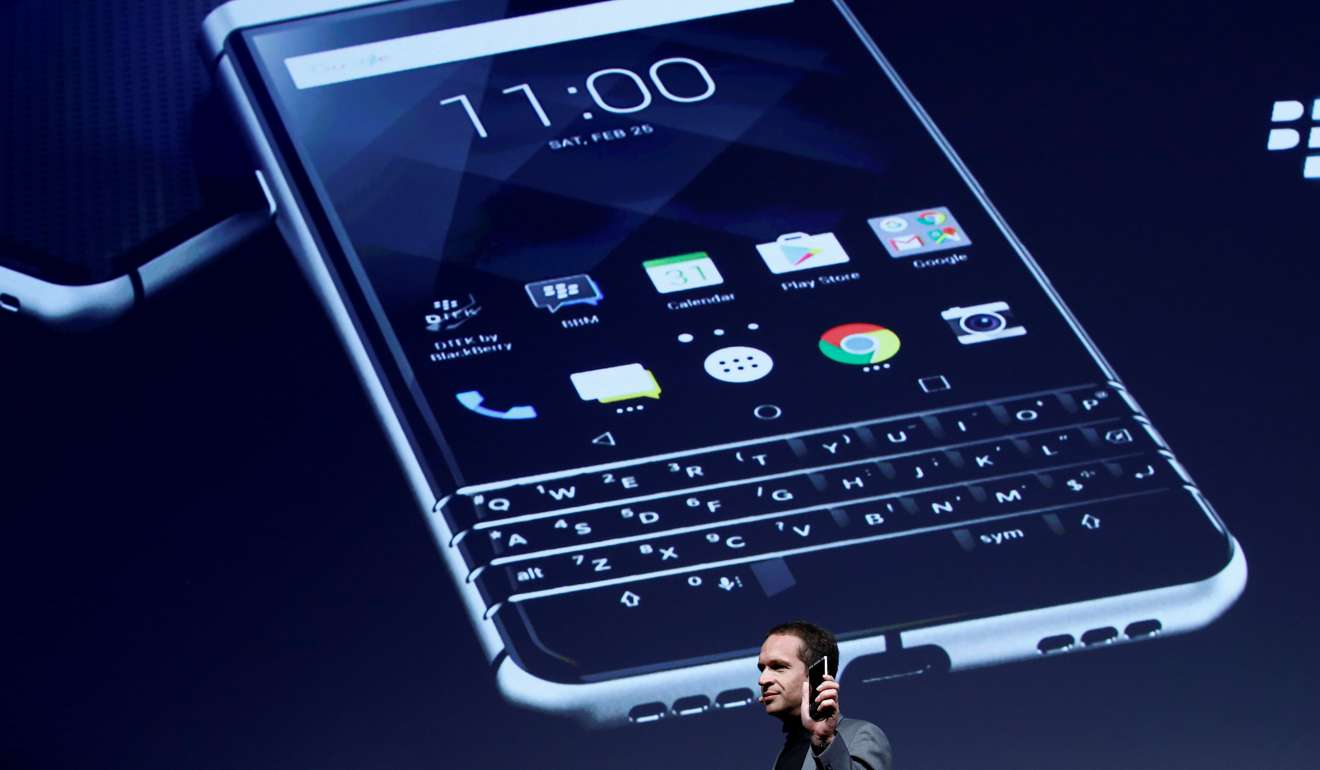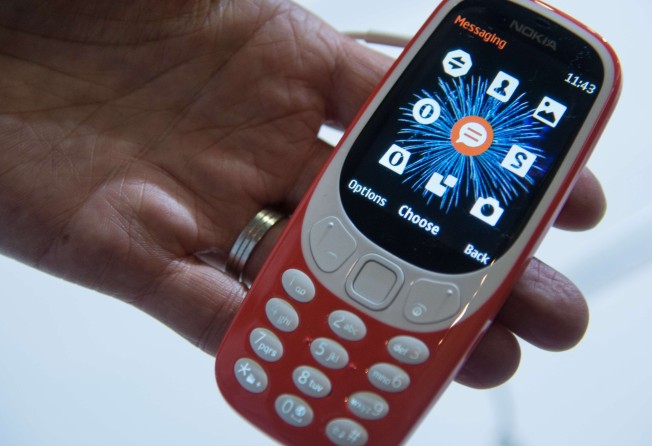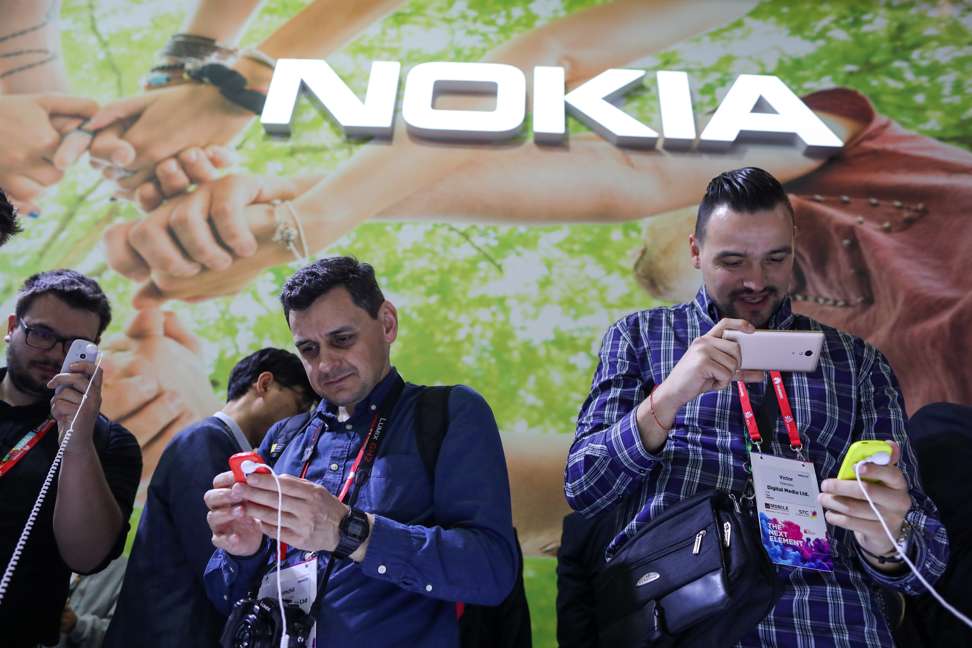
Could 2017 see the return to mobile dominance of BlackBerrys and Nokias?
The new Nokia and BlackBerry phones shown at Mobile World Congress rely heavily on nostalgia and are aimed at niche markets; will that be enough to pull customers away from Apple, Samsung and the other big makers?

It’s hard to imagine now, with the Apple iPhone and the array of Samsung models around the globe, that there once was a time when Nokia and BlackBerry were kings of the mobile phone industry.
Finnish company Nokia made some of the first mobile phones in the 1980s, helped these devices become household items in the early 2000s, and by 2007, had a whopping 41 per cent of the mobile handset market.
Meanwhile, BlackBerry, the brainchild of Canadian company Research in Motion, dominated the enterprise market, becoming a status symbol among working professionals. At its peak in 2009, it made an annual profit of US$2 billion and had a 20 per cent market share.
We all know what happened next. Neither company took the iPhone, with its iOS platform, seriously when it was introduced in 2007, and within five years their kingdoms had fallen to the iPhone and phones using Google’s Android.
By the time Nokia and BlackBerry stopped making phones, in 2014 and 2016 respectively (the former was first sold to Microsoft and later passed to Finnish start-up HMD Global, while BlackBerry became the property of Chinese company TCL), the brands had been irrelevant for so long, no one but the most hardcore of mobile geeks cared – and even that was out of pure nostalgia.
And so, when new BlackBerry and Nokia handsets were announced at this year’s Mobile World Congress, neither fans of the brands nor the media were sure what to expect. After all, both brands crashed and burned badly due to their repeated inability to understand mobile trends in the early 2010s, and the industry has only become more competitive since then, so can they make a real splash?
Not at the highest level, no. No one can objectively say the five new handsets (four Nokias and one from BlackBerry) introduced at the Mobile World Congress are going to do much damage to Samsung and Apple phone sales – not with their modest specs and solid but unspectacular hardware – but all five phones do have specific features that cater to niche audiences. Plus, nostalgia is a powerful emotion, and both brands are designed to conjure up plenty of that among fans.

TCL’s chief executive officer, Nicolas Zibell, says in defence: “We must stop thinking of the smartphone user experience as being driven by chipset power alone. In the same way that automobile makers select a certain engine to be optimised for an overall experience in a vehicle, the processor in a smartphone must be taken into context with the overall design and user value proposition.”


The market demands more than just a one-size-fits-all solution
He says the response to the 3310 has been “tremendous”. No one is denying the retro gadget is fun to look at and play with, but the device – true to its original roots – can only make phone calls, send SMS messages and play the mobile game “Snake”. You can’t go on Facebook and you can’t send e-mails.
That doesn’t sound like a phone that many will actually want to use in a real-world situation. Rantala, of course, spins it like this: “The new 3310 is a great weekend phone for those who want to detox from social media.”
At least the new Nokia smartphones get the software (stock Android) right. Rantala says HMD Global’s goal going forward is to release “well crafted” smartphones that work closely with Google to provide the most up-to-date software, security updates, and Google services.
“We will work closely with Google to align our phones with their vision,” he says, “because Google services are the best services.”

“I don’t have an answer for your question,” Rantala says. “But I believe that our partnership with Google opens up the opportunity to perhaps work things out with China.”
That’s a pipe dream. Chinese consumers are likely to stick with cheap local brands like Xiaomi, or “premium” phones from Huawei or Apple, rather than pay mid-tier prices for a Nokia or BlackBerry. A more realistic scenario for both brands is to appeal to the niche and emerging markets. According to research firm IDC, a disproportionate number of people in Indonesia are still using the long-abandoned BBM (BlackBerry Messenger) service, a fact Zibell is keen to explore. “The market demands more than just a one-size-fits-all solution,” he says.
Another senior BlackBerry executive concedes the brand doesn’t have lofty goals for now. Speaking to TechCrunch at the Mobile World Congress, BlackBerry’s mobile division general manager Bruce Walpole said if even one in eight consumers pick up the new BlackBerry, the company would be satisfied.
Perhaps having the backing of a billion-dollar Chinese conglomerate (TCL owns another phone brand, Alcatel, and also makes smart televisions) takes a lot of pressure off the brand.
HMD Global, however, doesn’t have that luxury. The company is small compared with other phone makers, and put together by a group of Finns. To them, the success of the Nokia brand isn’t just about making money or even restoring Nokia’s legacy, it’s about bringing pride back to the country.
“Nokia was once the pride and joy of Finland,” Rantala says. “We want to bring the brand back to show the world why Finland was once the mobile capital of the world.”
The early response to the classic Nokia 3310 has been strong (less so for the other models). But what happens once the nostalgia wears off?